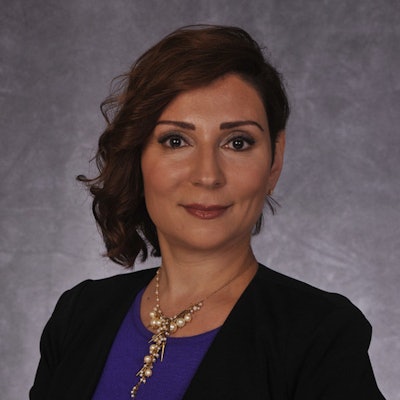Supporting inclusivity and encouraging diversity in urology
The AUA Diversity & Inclusion Task Force is working toward widespread systematic change with intentional steps toward diversity.

Racial health inequities have been widely established in urology, whether in prostate cancer, stone disease or incontinence. The most recent AUA Census data from 2021 show that Black and Hispanic urologists, for example, comprise only 2.4% and 4.4% of the workforce, respectively. Moreover, when compared to surgery and other specialties, urology has lagged in attracting and promoting diverse underrepresented in medicine (URiM) medical residents. Larissa Bresler, MD, DABMA
Larissa Bresler, MD, DABMA
“To take better care of our patients, it’s our duty as the urological community to increase representation in urology. This includes Black, Indigenous and People of Color (BIPOC), women and LGBTQ+ urology providers because our urology workforce must be more reflective of the U.S. patient population,” said Larissa Bresler, MD, DABMA, co-moderator of Sunday’s moderated poster session, “Diversity, Equity & Inclusion: Increasing Representation in Urology.”
“Studies have demonstrated that a diverse physician workforce results in improved health outcomes and patient satisfaction,” she said.
Dr. Bresler, professor of urology, obstetrics and gynecology at Loyola University Medical Center in Maywood, Illinois, is the AUA’s chief diversity officer and Diversity & Inclusion Committee chair. She is tasked with advising the board of directors on shaping and executing diversity initiatives in accordance with the AUA’s inaugural Diversity & Inclusion Task Force.
“The importance of improving diverse representation in urology is not simply academic, but one of great clinical relevance,” Dr. Bresler said. “Decreasing health disparities improves the quality of care because patients want to see doctors who look like them, speak like them, live like them and who won’t judge them.”
On Sunday, Dr. Bresler and co-moderators Peter N. Bretan, MD, and Gjanje L. Smith-Mathus, MD, MPH, will discuss the AUA’s Diversity & Inclusion Task Force recommendations published in August 2022 to reduce health care disparities in urology and the AUA. The recommendations focus on achieving widespread systematic change with intentional steps toward diversity in five areas: Just and Inclusive, Diversity in the Workplace, Structural Competency, Advocacy and Research.
The session, located in S405, will highlight pipeline challenges for recruiting URiM students into urology and discuss the issues URiM/BIPOC, LGBTQ+ and women urologists face that prevent them from feeling welcome and comfortable in the field of urology. Presenters will discuss intentional steps toward widespread systematic change to achieving a more diverse and inclusive urological community, including how to champion mentorship and scholarship programs, celebrate diverse talent and encourage and promote leadership in URiM urology groups.
“As the U.S. population ages, there will continue to be an acute need for urologists. Our workforce is projected to have a 46% shortage to meet the needs of our patient population by 2035,” Dr. Bresler said. “There remain plenty of opportunities for everyone to succeed. It’s important to encourage diversity and inclusivity in every way you can.”